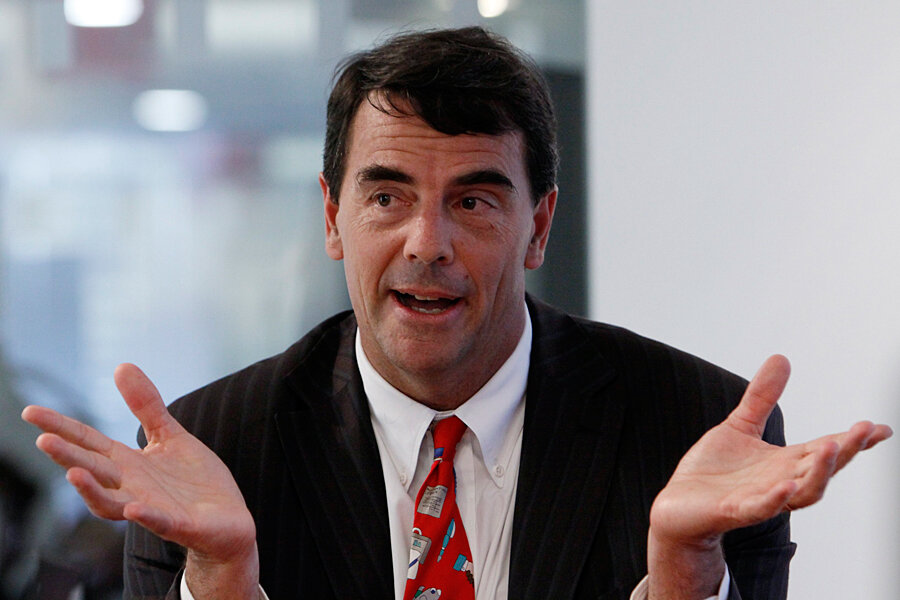One California or six? Partition plan has enough signatures to get on ballot.
Loading...
An initiative to break California into six smaller states will be placed on the ballot in 2016, the campaign Six Californias said Tuesday, but it faces a steep uphill battle to overcome low voter support and criticism that it’s ultimately unrealistic and a waste of time.
The plan, conceived and headed by Silicon Valley tycoon Tim Draper, who has poured $4.9 million of his own money into the effort, has reportedly garnered over 808,000 signatures, making it eligible to be presented to California voters under state law.
“It’s important because it will help us create a more responsive, more innovative and more local government, and that ultimately will end up being better for all of Californians,” campaign spokesperson Richard Salazar told Reuters. “The idea … is to create six states with responsive local governments – states that are more representative and accountable to their constituents.”
Not all Californians buy this logic, however: according to a poll conducted by the San Francisco Chronicle, 59 percent of residents oppose partition.
Some see the plan as a distraction from the political issues facing California – or even as a way for the affluent Bay Area crowd to financially separate itself from poorer areas of the state such as the Central Valley around Fresno and Stockton.
“This is a colossal waste of time, energy, and money that will hurt the California brand,” Steven Maviglio, a Democratic political strategist who has formed the group OneCalifornia to oppose Six Californias, said to the Chronicle. “Mr. Draper’s plan would split the world’s eighth largest economy along geographic lines.”
In recent years, Draper has been a vocal proponent of breakings up states around the country in order to make state government more responsive.
According to a report by the nonpartisan Legislative Analyst’s Office, the Six Californias plan would create the wealthiest US state on a per capita basis – Silicon Valley, stretching from San Francisco to Monterey – as well as the poorest state per capita – Central California, which would consist of 14 countries north of Los Angeles and south of Sacramento.
Another criticism directed at the partition plan holds that it’s politically unrealistic, as the US Senate would be unlikely to approve the measure.
“Splitting California into six states would raise all sorts of concerns about the partisan balance of the Senate,” Brendan Nyhan, assistant professor of government at Dartmouth College, said to ABC News. “I can’t imagine this would ever go anywhere.”
Still, politics and legal sticking points have failed to deter partition activists in the past. In fact, Six Californias is just the latest partition plan of many pushed by residents across the United States in recent years.
Just last November, residents from five counties on the high plains of Colorado, who were disgruntled with increasingly liberal politics of the state, endorsed a plan to create a state of their own.
Partition efforts are also in the works in Michigan’s Upper Peninsula, in western Maryland, and even in Tehama County in Northern California where voters in June favored a proposal for parts of the Golden State to unite with parts of Oregon to form a new state of its own.
If Six California’s plan were to succeed the resulting six states would be as follows:
• Jefferson, encompassing the far north of California
• Silicon Valley, stretching from San Francisco to Monterey
• North California, covering a swath of land from Nevada to the Pacific Ocean north of the Bay Area, including Napa County and Sacramento, California’s capital
• Central California, which would take up much of the agricultural interior between Sacramento and Los Angeles
• West California, which would include Los Angeles and Santa Barbara
• South California, which would include San Diego and the vast desert southeast of California, known as the Inland Empire.
Six Californias says these borders could be modified by voters when and if the initiative is passed.
This report includes material from Reuters.





